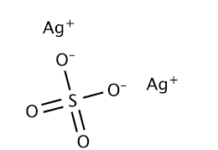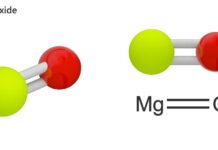Aliphatic Compounds:
Aliphatic compounds are compounds in which the first and last carbon are not connected, it is in open chain. In this, two structures are possible. One is open chain and another one is branched chain.
Extraction of Aliphatic Hydrocarbons
Aliphatic compounds get extracted by the process of pressurized fluid extraction (PEE) in which the organic solvents are used. From solid and semi-solid environmental samples, steam is used to obtain aliphatic hydrocarbons.
Classification:
Aliphatic compounds are classified as
- Saturated hydrocarbon
- Unsaturated hydrocarbon
Saturated hydrocarbon
The general formula is CnH2n+1. All the carbon atoms in the compound are attached by single bond. There is no π bond here and so it is less reactive.
Example : CH3-CH2-CH3
Saturated hydrocarbons are alkanes. It has general formula CnH2n+1. All the carbon atoms in the alkane are single bond only.

Unsaturated hydrocarbon
The general formula is CnH2n or CnH2n-2. The carbon atoms are attached by two or more bonds. It has π bond and it is highly reactive.
Example : CH2=CH-CH3
Unsaturated hydrocarbons are alkenes and alkynes. Alkenes have the general formula CnH2n. The carbon atoms in alkene are attached by double bond.
Example : CH2=CH2

Alkynes have the general formula CnH2n-2. The carbon atoms in the alkynes is attached by triple bond.

Uses of aliphatic compounds:
- Many of the aliphatic compounds are flammable.
- Used as a fuel in Bunsen burner
- Acetylene is used for welding purpose.
- In conventional flame spectroscopy, aliphatic hydrocarbon is used as solvents.




















